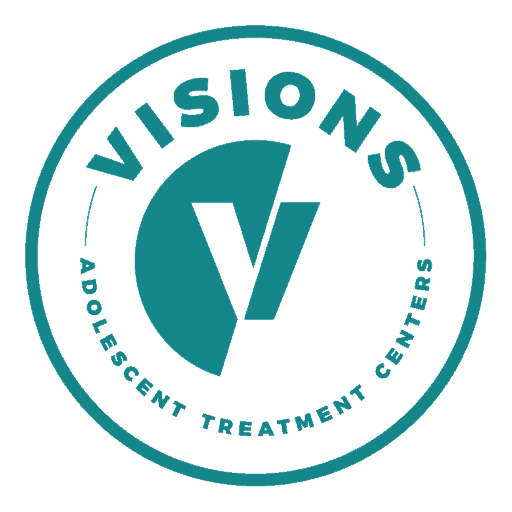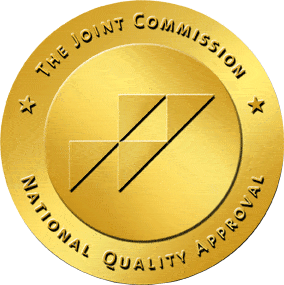If you’ve found your way to this page, we understand that you’re working to narrow down the seemingly endless options for residential teen treatment. We also recognize that this decision likely wasn’t one you expected to make when your child reached their teenage years.
Chances are, you’re navigating through countless teen program websites and finding it challenging to determine which option is the best fit for your child and your family. Many of these program sites may appear similar and seem to offer the same clinical approaches. These days, nearly every treatment center website looks alike, with variations mainly in location, activities, length of stay, and costs. The reality is, they are very different. Aspects like staff-to-client ratios, years of experience, family involvement, the qualifications of those performing therapy and groups, and aftercare planning are just a few critical factors to consider when evaluating programs.
This is where research becomes key. Many programs will claim to offer an individualized approach, but may not have the necessary staff or insurance approval to provide the best possible treatment plan, one that fully addresses the complexities a teen may face during their stay. It’s unlikely most programs will have a team of specialists dedicated to your teen’s long-term success. Every treatment modality is built around specific interventions, tasks, and benchmarks that are designed to guide recovery.
At Visions, we are dedicated to providing you with as much insight and clarity as possible as you evaluate your options. With 24 years of experience in the field, we’ve compiled a list of questions we recommend asking every facility you’re considering for your child’s care. Below, we’ve outlined these questions, along with explanations of why each is important. The answers will be crucial in guiding your decision and helping you feel confident moving forward. Additionally, we’ve included Visions’ responses to each of these questions. We also encourage you to consult with neutral professionals—those not affiliated with any specific treatment center—to gain a broader perspective of the options available to you.
Is your treatment center “in-network” with insurance?
The answer to this question can provide valuable insight into the quality of care at a treatment center and the potential limitations of treatment duration.
Some treatment centers sign in-network contracts with insurance companies. This requires them to manage their costs to align with the daily budget and length of stay insurance companies dictate. Insurance companies typically only approve care within a set daily budget and for a limited duration. Like most businesses, treatment centers are profit-driven—higher-quality care and longer stays incur costs that exceed what insurance companies are willing to cover. If a treatment center operates within an in-network model, any additional clinical support, specialists, or frontline staff could exceed the budget, making their model unsustainable. As a result, the quality of care is often compromised in treatment centers that work in-network with insurance.
Why Visions?
Visions has never gone in-network with insurance companies. For 24 years, we have chosen to prioritize quality of care over the convenience of going in-network. We will never compromise the level of treatment your child requires. Every one of our clients is unique, and the treatment not needed for one adolescent may be life-changing for another. For this reason we choose to have as many specialists and modalities available as possible. Going in-network with insurance companies would make this impossible.
We believe that Visions offers the ideal in clinical treatment by staying out-of-network. We also understand that Visions may not be the right fit for every family financially. It is for this reason that we are committed to helping every family who calls us find the highest quality of care, even if it is less specialized.
Does a treatment center being “out-of-network” mean that my insurance will not cover any costs of treatment?
It’s important for parents to ask this question when considering treatment options because the answer is often misunderstood. The answer is: No, “out-of-network” does not mean no insurance coverage. Many insurance plans cover out-of-network services. In fact, some insurance plans will fully cover treatment costs at out-of-network centers. The only way to know how much coverage you’ll receive for an “out-of-network” treatment center is to ask that center to verify your insurance benefits. Every treatment center should be willing to check your insurance for you at no cost. (Remember, you are still the policyholder and should verify with your insurance company directly anything you are told about benefits.)
Why Visions?
When a treatment center goes “in-network,” there is often a drop in the quality of care. By staying “out-of-network” with insurance companies, Visions can include clinical practices in your child’s treatment plan that we wouldn’t otherwise be able to offer. Here are some of the advantages Visions maintains over other treatment centers as a result of our refusal to reduce services in order to grow profits:
- Small Clinical Caseloads: At Visions, we have four clinicians on-site for at least eight hours a day, treating a caseload of only four to ten kids. We believe this ratio is essential for making a meaningful therapeutic difference for your family. Not only do small clinical caseloads allow for greater focus on your child, but the everyday on-site availability also means more individual sessions for your teen.
- Education: Education is an important element in the life of every adolescent. The goal for every adolescent client at Visions is to achieve academic success. Visions is one of the few nationally accredited programs in the country. We work with each student individually to ensure they stay on track with their academic goals for high school graduation.
- Additional Clinicians: At Visions Residential, we include additional clinicians in the cost of treatment who are expertly skilled in specialized areas of mental health. Some of the professionals we employ to address the nuanced challenges that often arise with teens in treatment include: DBT (Dialectical Behavioral Therapy), trauma, OCD (Obsessive Compulsive Disorder), anxiety disorder, ASD (Autism Spectrum Disorder) specialists, an eating disorder team, sexuality and gender experts, art therapists, and psychiatrists with expertise in adolescent mental health and addiction treatment.
- Oversight: We recognize the importance of a strong staff-to-client ratio to provide a safe and therapeutic environment. Adolescents in treatment are a vulnerable group who need constant staff involvement to address any concerns or issues in real-time. At Visions, we use a team approach to treatment for each adolescent. Communication lines are always open between program aides, counselors, therapists, specialists, teachers, and any staff member interacting with each adolescent. Thanks to this team approach and our commitment to oversight, Visions provides optimal care. Our staff-to-client ratio is approximately 2:1, Monday through Friday, from 9 a.m. to 5 p.m., and we have at least two awake staff members monitoring the residents at night. If needed, or in the case of an emergency, we provide additional staff to ensure proper oversight.
- Comprehensive Psychological Testing: Included in the price of treatment is thorough and specific psychological testing and evaluation, conducted by one of our licensed psychologists. Many teens entering treatment have undiagnosed disorders causing counterproductive treatments to be given. Proper testing is crucial so that our clinical team can accurately diagnose and treat your teen, ensuring they receive the most effective care.
Who owns your program? Did they buy it from someone else?
Many programs start small and privately owned. Once they have established a strong reputation through quality work they then sell to outside investors. There is almost a 100% chance that the quality of care declines when a treatment center is sold to outside entities who, after the sale, focus primarily on optimizing profit.
In such cases, once the outside entities scale back their costs, they then expand their business by opening up many more treatment centers under the same name. At this point the admissions team goes from being staff that has an intimate understanding of the treatment center’s program and the current clients in treatment, to an outsourced call center of salesmen. Treatment centers bought by outside entities like to allocate their spending towards marketing and away from their treatment program as they know a charismatic salesman and a great website is what drives new clients. Because their marketing is so well funded and their salesmen so well trained, parents unfortunately can be misled into believing the program is as good as its website makes it look.
Why Visions?
Visions was founded by Chris and Amanda Shumow, who continue to own and operate the company today. Twenty-four years ago, both Chris and Amanda were working in adult treatment. Like all parents, their perspective on the world was forever changed when they started having children. Having kids of their own made the stark difference between adult and adolescent treatment crystal clear. At the time, there were no sufficient clinical or family-focused options for teens who needed help. The field of adolescent treatment was primarily dominated by wilderness programs, long term residential centers, and therapeutic boarding schools, where parents had little to no contact with their child for nine to eighteen months.
Chris and Amanda recognized a deep need for a compassionate, clinically driven teen program. They also saw the inherent shortcomings in returning a teen to the same family system after such a long time apart. Even if there was clinical success, the teen would be returned to the exact same family dynamic they had left behind. They understood that the immense love parents have for their children can sometimes lead to fear and blind spots in how they raise them. Through their own experiences, they recognized the importance of clinical psychoeducation not just for children, but for parents as well.
Driven by this understanding, Chris and Amanda set out to create a program that not only treated the teen in crisis but also supported the entire family system. Instead of treating Visions like a “repair shop” where parents drop off their child and pick them up months later, they created a program where the entire family does the work together. It was time to offer a treatment program that brought families together rather than taking them apart. This family-systemic clinical approach, pioneered by Visions, has since become the industry standard in adolescent treatment.
Our founders have repeatedly turned down offers to sell because they are committed to maintaining Visions’ high standard of care. They are not willing to prioritize profits over treatment quality. Additionally, our staff retention is unparalleled in the industry. We have eighteen employees who have worked together for over 10 years, nine for 15 years, and six for 20 years. This consistency allows our team to provide exceptional care, with communication that ensures continuity not only at the residential and outpatient levels but also as clients transition into the “real world.” In many cases, clients return to work at the center and give back to others currently in the program.
May I speak to the leadership of your treatment center?
You should be able to reach the leadership of the treatment center on the phone. If the admissions person you are speaking with is not able to easily get the CEO or the founders of their treatment center on the phone, it is likely because the they are not involved with the day-to-day operations of the treatment center. If this is the case, the leadership is also likely not near the clinicians, the staff, or the clients of the facility, and likely has only a vague idea who your child is.
Why Visions?
One thing that truly sets us apart from other programs is your access to the people in charge. Our leadership is available daily to speak to the parents of our clients. Our founders have six children of their own and fully understand the importance of knowing who is ultimately responsible for the care of your child. They would want the same transparency if their own children needed help. In addition to being available to our clients’ parents, one of the founders and the CEO attend weekly staff meetings, are on call 24/7, and assist with daily operations—not because they have to, but because they would want the same level of care for their child.
Does your treatment center make aftercare planning a top priority? If yes, how exactly does aftercare planning work at your treatment center?
The average stay at residential treatment centers typically lasts between 60 and 90 days. While significant clinical progress can be made during this time, it’s not the end of the journey. Aftercare—which includes lower levels of treatment such as extended care, outpatient therapy, and/or individual therapy—is essential for ensuring adolescents’ continued success and growth. Once the tools, skills, and clinical progress have been established during residential treatment, it’s crucial for adolescents to continue practicing what they’ve learned. The neural pathways created during treatment need ongoing stimulation to deepen and strengthen their impact.
Parents should ask every treatment center they interact with about their decision-making process for aftercare and when they begin considering it.
Why Visions?
Our chief executive, John Lieberman, has been working in the field of treatment for forty years. He has often said that if he were to write a book about his experience in treatment it would be titled, “Aftercare, aftercare, aftercare.” John also uses the following metaphor when speaking to parents about aftercare for their children:
Aftercare is the ‘physical therapy’ of mental health and substance abuse treatment. Just as a person wouldn’t skip six weeks of physical therapy after a hip replacement—because they wouldn’t fully recover and would likely walk with a limp—one cannot skip aftercare treatment after residential treatment. Aftercare ensures that the seeds planted with our clients during residential grow and take root.
At Visions, we make individualized decisions regarding each client’s discharge plan. Planning is formulated at the onset of treatment and evolves throughout the course of our clients’ stay. We offer a complete continuum of care, including residential treatment, extended care, PHP, IOP, and individual therapy. When families choose to continue with aftercare at Visions, we can transition clients to lower levels of care and assess their readiness. If a client discharges from residential to extended care and struggles to adapt to the new freedoms, we can quickly return them to residential care. However, many of our clients travel from different areas and have families located around the world. As a result, we tailor discharge planning for each family, considering both the clinical needs of the client and the family’s location.
Do you treat your dual-diagnosis clients and your primary mental health clients at the same facility?
This is an incredibly important question for parents. Adolescent treatment centers often treat kids as young as thirteen. If, for example, a thirteen-year-old is dealing with clinical depression and suicidal ideation, without any history of substance use or abuse, we would not want that young person in the same residence as a seventeen-year-old who has been heavily involved with substances.
Why Visions?
At Visions, we provide separate facilities for mental health clients and dual-diagnosis clients. Each therapeutic team in these facilities is specially trained to address the unique needs of its respective clients. These separate facilities allow us to design treatment plans and support interventions that are tailored to meet the needs of each individual best. We believe in addressing issues as they arise and taking full responsibility for creating a treatment plan that targets not only the presenting challenges but also any additional issues that may surface during the course of treatment, ensuring long-term success for everyone involved. We are committed to providing, educating, and implementing tools not only for your child but for your entire family.
After reading this, you may have even more questions. That’s a good thing! The right questions from parents are key to ensuring the best treatment for your teen. Please don’t hesitate to call our main line at 818-889-3665 and ask for our admissions team, our founders, our CEO, or anyone else at Visions. We are here to help.
Understanding and Meeting the Unique Needs of Adolescents and Families
- EXPERIENTIAL THERAPIES
- EVIDENCE-BASED TREATMENT MODALITIES
- DIALECTICAL BEHAVIOR THERAPY & DBT-INFORMED PROGRAMMING
- PSYCHOLOGICAL & DIAGNOSTIC TESTING
- MENTAL & PHYSICAL DEVELOPMENT
- INDIVIDUAL & GROUP THERAPY
- PSYCHIATRIC EVALUATIONS & ASSESSMENTS
- FAMILY THERAPY, SUPPORT & FUNCTIONALITY
- COLLABORATIVE AFTERCARE PLANNING
- SOCIAL & EMOTIONAL DEVELOPMENT
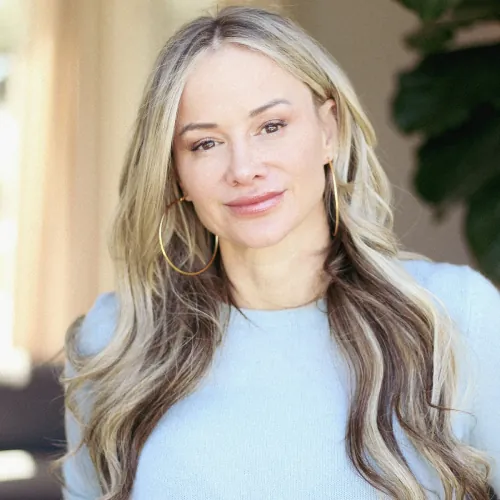
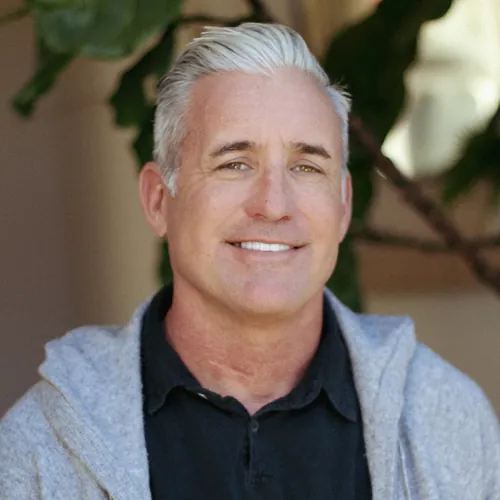
FOUNDERS TREATMENT PHILOSOPHY AND MISSION
In 2002, Visions’ Founders Dr. Amanda Shumow and Chris Shumow began their mission of creating an adolescent program that provided cutting edge mental health, substance abuse and family treatment. Since its inception, they have advocated for the family in its entirety. This founder driven center has set the standard for adolescent treatment amongst industry professionals with its clinical acumen and attention to specialized services. Dr. Amanda Shumow and Chris Shumow acknowledged the success of Visions would correlate to the strength and unity of their clinical team. They place great value on collaborating with service providers who share the same passion for adolescents and their families.
Since opening, Visions Treatment Centers have maintained original founding clinicians while adding several dynamic team members with continued program growth. As proud parents of six beautiful children, Dr. Amanda Shumow and Chris Shumow understand the importance of family involvement and support throughout the treatment process. They know from personal experience that any individual going through the recovery process must do it with laughter and fun in order to sustain a new healthy lifestyle. Year after year, Chris and Amanda push the Visions treatment philosophy and mission by maintaining a creative clinical culture of excellence.
